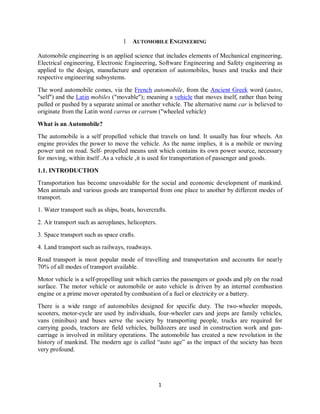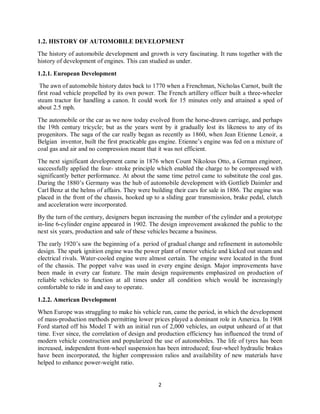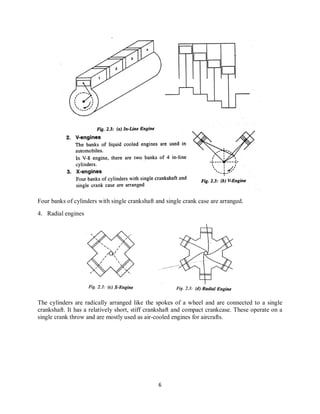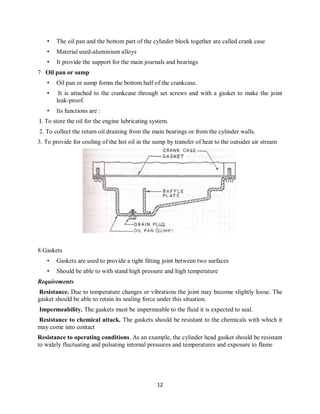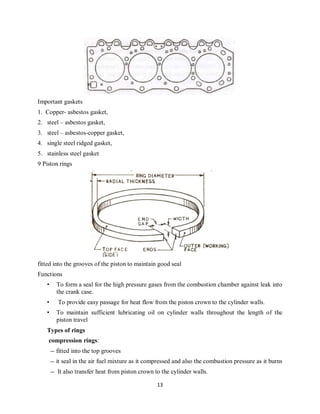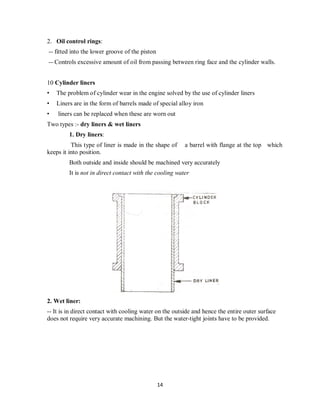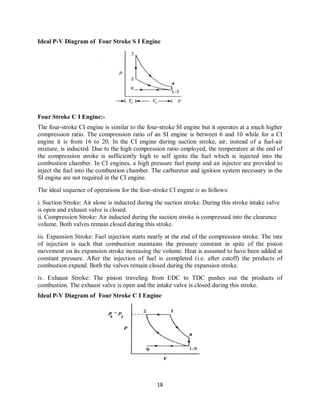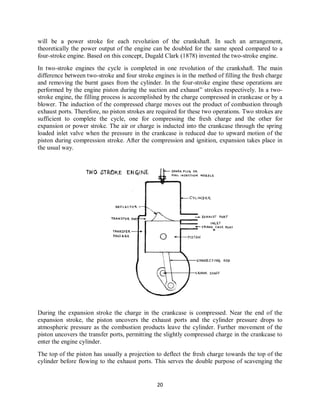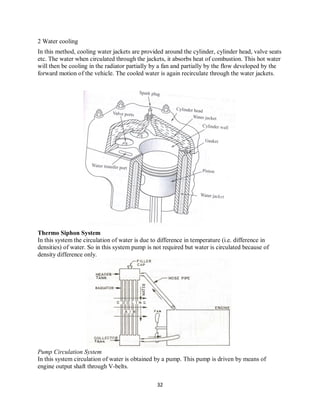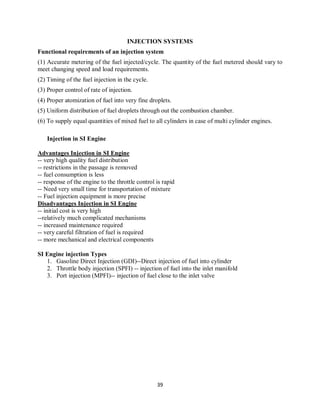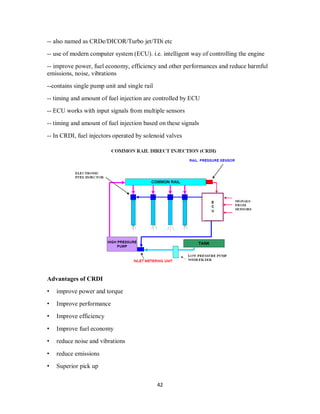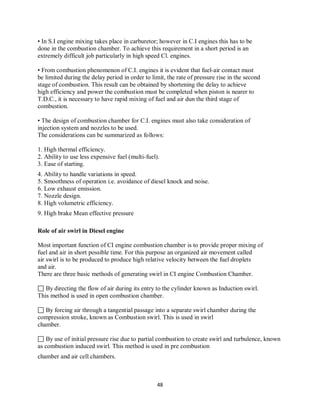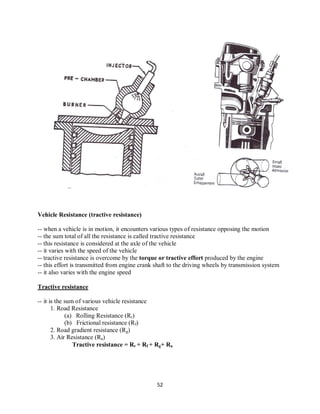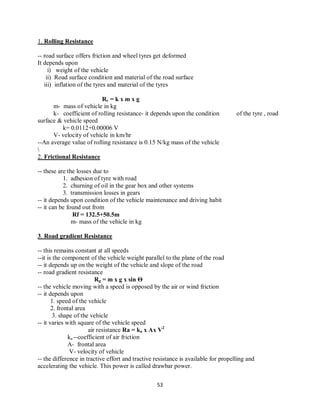The document provides an overview of automobile engineering and the history of automobile development. It discusses:
- Automobile engineering as an applied science that includes elements of mechanical, electrical, electronic, software and safety engineering.
- The evolution of automobiles from horse-drawn carriages in the late 19th century.
- Key developments in Europe including early steam vehicles in the 1770s and gas-powered engines in the 1860s. Mass production methods in the US in the early 1900s helped popularize automobile use.
- Indian automobile development beginning in the late 1940s with companies producing cars and other vehicles often through foreign collaborations.
